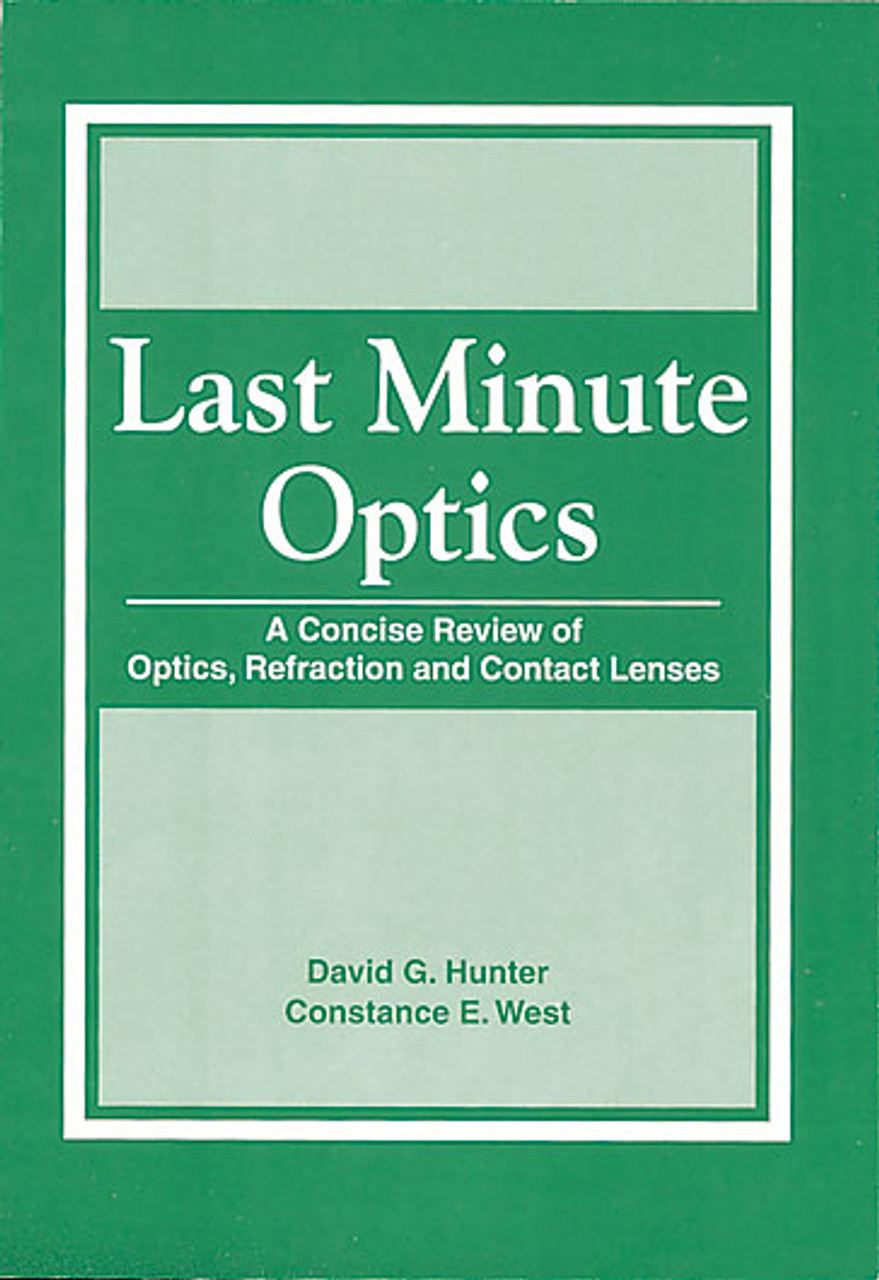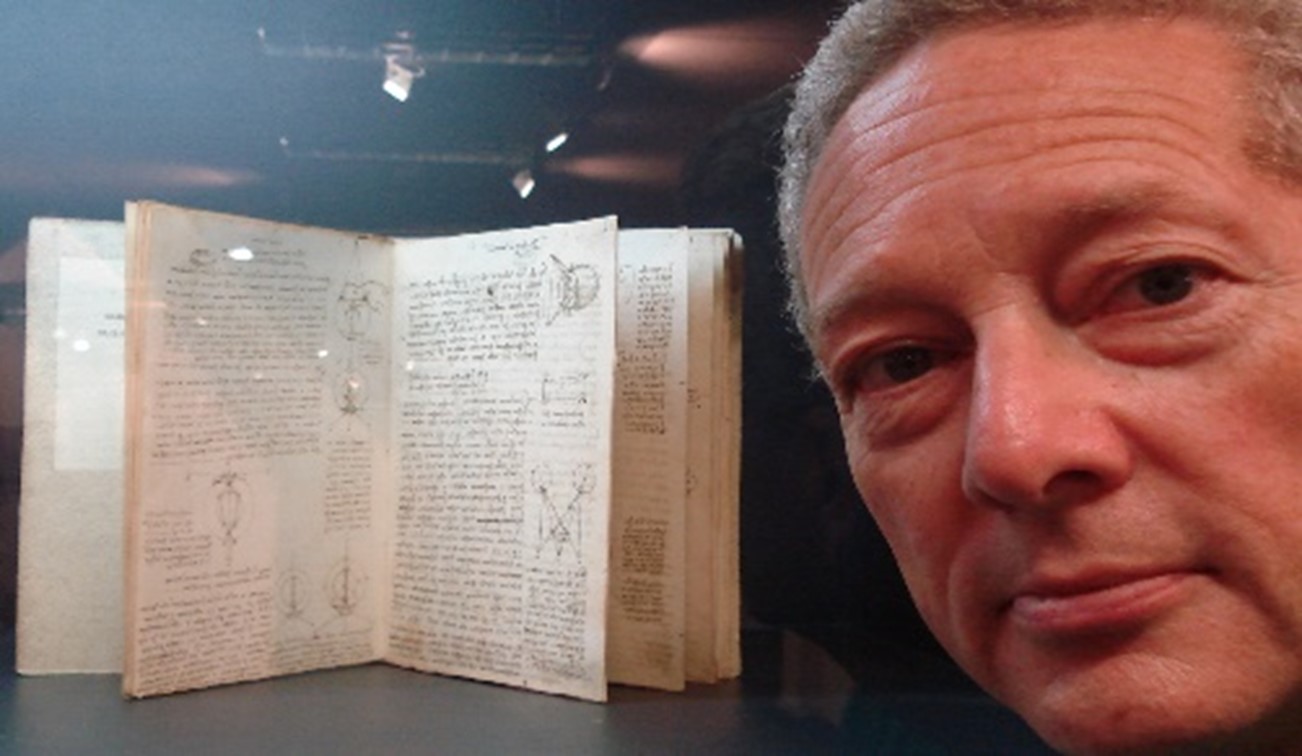
The patient switched to a hydrogen peroxide-based care system.
#Review of cornea and contact lens book how to#
We reviewed with the patient proper lens care and hygiene, including how to properly rub the GP and soft lens to clean each appropriately without excessive force. Extensive front surface non-wetting on a 16.0mm scleral lens (right). Piggyback system with large central area of non-wetting on the GP lens (left). Despite the improvement, we still recommended that a new GP lens be ordered for the right eye.įig. Laboratory-grade cleaning solution in-office cleaned the GP lenses, leading to visual acuities 20/30 OD and 20/125 OS. 3 The most common tear-derived lens deposits are proteins and lipids, which in-office cleaning can remove.

Factors that cause deposits include lens replacement frequency, hand contamination and tear film properties of the patient.

The entering OD GP lens was showing extensive surface deposits ( Figure 2). There was independent movement of both the soft lens and GP lens on each blink. The patient’s entering acuity was 20/50 OD and 20/300 OS. The tear break-up time was normal at 15 seconds per eye. There was some apical scarring OS, limiting best-corrected vision.

He did not adhere to the recommended rubbing steps in either regimen due to fear of lens breakage. The blur OD was constant through all 16 hours of daily wear. Vision in the left eye was stable, and the patient had recently purchased a replacement GP lens for that eye after breaking it when cleaning it a month ago. He complained of fogginess and reduced vision in the right eye that had been getting worse over the past six months. 2 Case TwoĪ 40-year-old African American male presented for his annual evaluation wearing a piggyback system for keratoconus OU. Address any tear film abnormalities with tear supplementation and blinking exercises. Ensure appropriate edge thickness, edge clearance and movement. This will cover more of the cornea, reduce exposure and improve comfort. If 3 o’clock and 9 o’clock staining are present, increase the lens’s overall diameter. The patient successfully wore the lenses for the following 18 months. Upon follow-up of the re-designed lens, the staining resolved and symptoms improved. We also initiated aggressive lubrication at nighttime, recommended warm compresses and proper lid hygiene and then reviewed proper rubbing with the multipurpose GP solution. We reordered the lens with a flatter edge and an increased toricity (1.3mm) in the periphery to improve comfort. Temporal corneal staining present at follow-up on a keratoconic corneal GP lens. 1 We observed minimal edge clearance in the horizontal meridian of the lens, as opposed to high clearance ( Figure 1).įig. Other causes of 3 o’clock and 9 o’clock staining are a thick edge profile or a high axial edge clearance. This type of staining can occur in keratoconic patients who may have dry eye associated with atopic disease and meibomian gland dysfunction. The patient did admit he was not rubbing the lenses with the multipurpose GP lens cleaning solution for the recommended length of time at night.Īfter adding sodium fluorescein, we noted moderate staining on the temporal side of each cornea, closer to the limbus. 1 The patient achieved 20/20 vision OU, but, a few weeks later, he again complained of increased dryness and discomfort OU during the latter half of his daily wear time.

Toric peripheries are indicated when topography suggests the steeper inferior cornea is inferiorly displaced and causes the lower edge of the lens to lift up and irritate the lower eyelid. We diagnostically fit and ordered a new pair of aspheric corneal lenses with the addition of a toric peripheral curve system. He noted occasional dryness with his lenses but found relief with occasional use of artificial tears. Case OneĪ 23-year-old Hispanic male with keratoconus presented for a contact lens evaluation wearing ill-fitting, three-year-old GP corneal lenses. Lens fit and care system changes along with periodic lens replacement can help address these concerns. They can often occur if a patient has a poor-quality tear film, improper lid hygiene or lens handling or demonstrates non-compliance with the prescribed care regimen. W hen fitting any type of gas permeable (GP) contact lens, issues with dryness and non-wetting can arise.


 0 kommentar(er)
0 kommentar(er)
